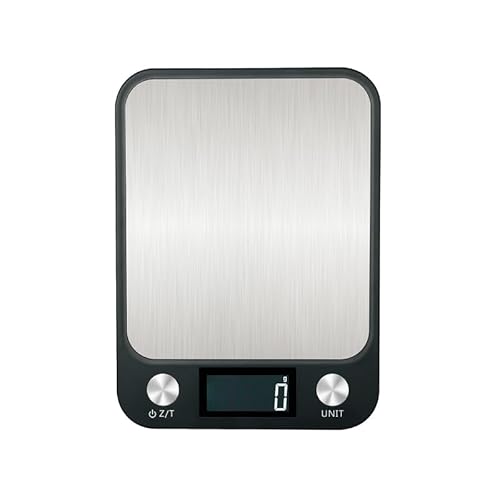LiminalVeil
Active Member
I want to try making a liquid soap that is moisturizing and leaning toward luxury. I couldn’t find any recipes readily available that incorporated oils other than the usual olive, coconut, castor, rice bran, etc—so, I plugged my own recipe in and the values seem to work, but will it? Liquid soap seems kind of intimidating to me!



I have never made an HP liquid soap, just CP bar soap. I plan to dissolve the KOH in glycerin (some sources suggest the glycerin weight should be .55 of the KOH weight)
What do you think—will this recipe work? I’ve excluded all butters to keep clarity and it’s at a 2% superfat.
Any suggestions are welcome!



I have never made an HP liquid soap, just CP bar soap. I plan to dissolve the KOH in glycerin (some sources suggest the glycerin weight should be .55 of the KOH weight)
What do you think—will this recipe work? I’ve excluded all butters to keep clarity and it’s at a 2% superfat.
Any suggestions are welcome!















![[Latest] 21 Pack Dried Flowers for Candle Making, 100% Natural Dried Herbs Kit for Soap Making, Bath, Resin Jewelry Making, Bulk Dried Flowers Include Lavender, Rose Petals, Rosebuds, Leaves, Lemon.](https://m.media-amazon.com/images/I/61rGf9Frw4L._SL500_.jpg)



























